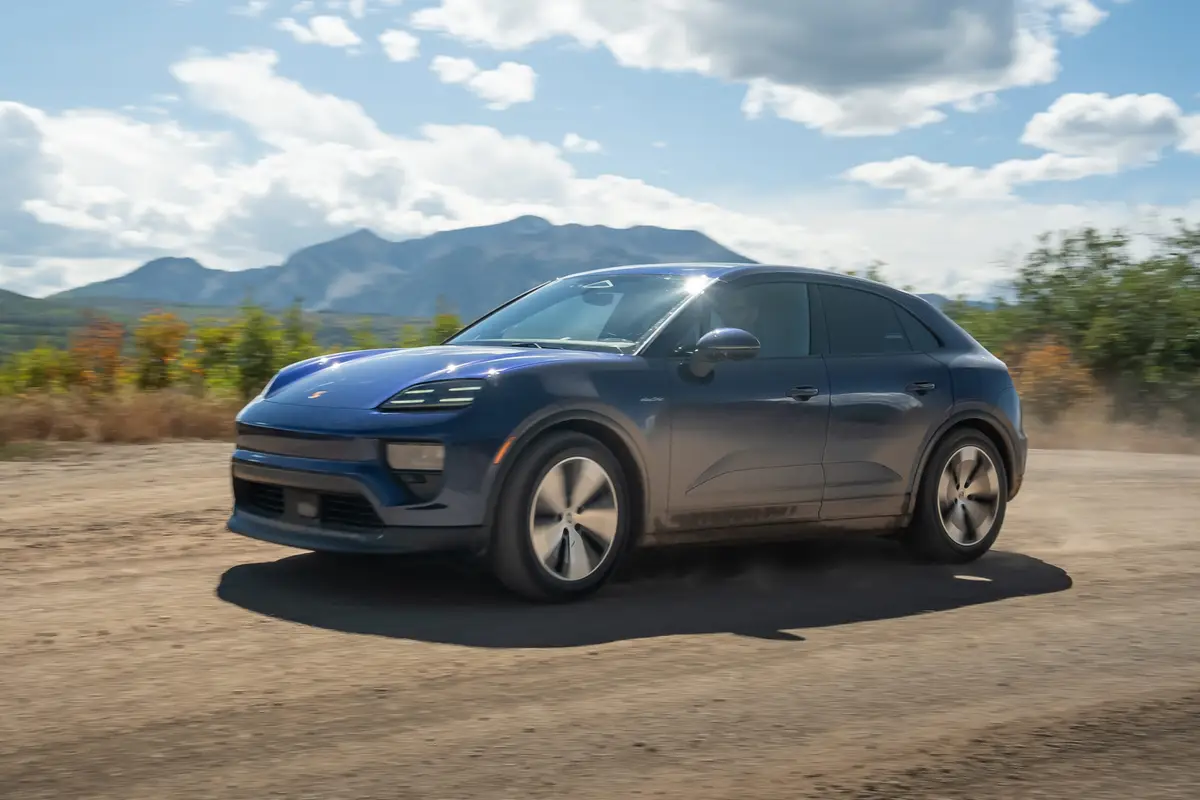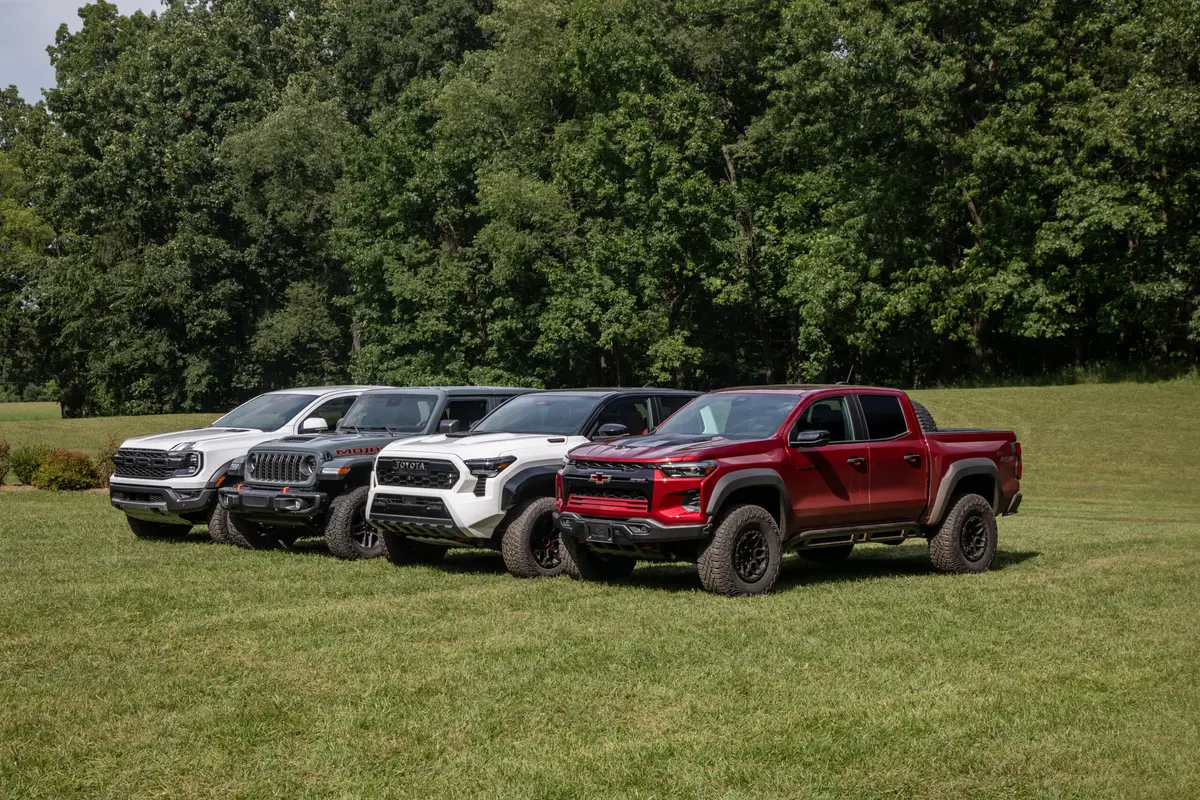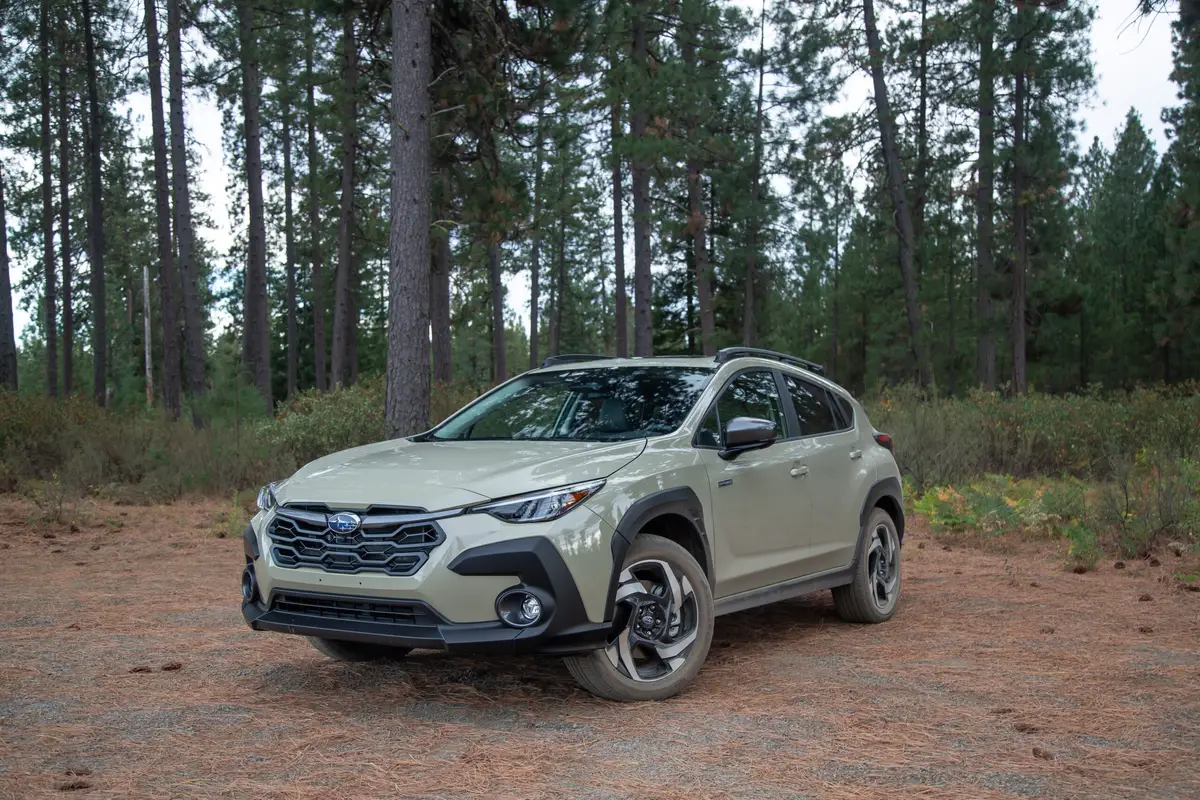The EV Tax Credit Is Done; What Should an EV Shopper Do Now?

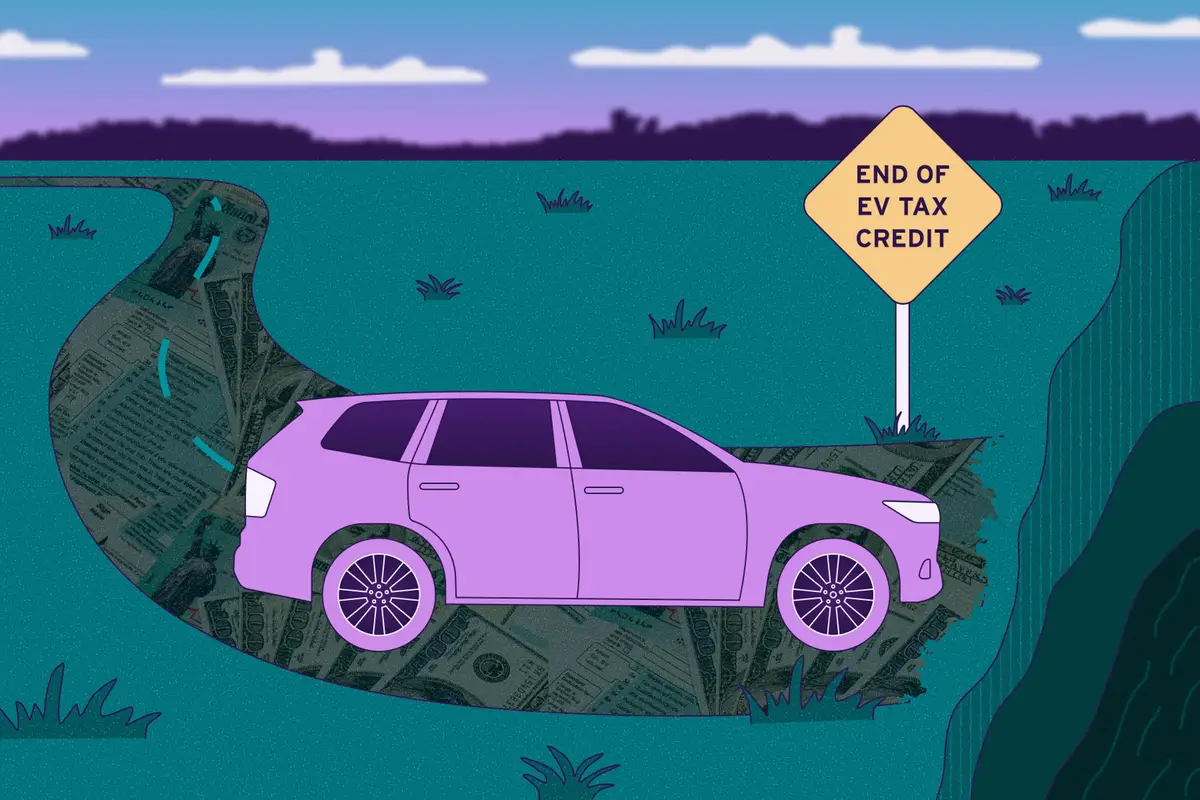
It was a good run while it lasted if you were in the market for a new electric vehicle, but the moment has passed: The federal tax credit for EV purchases ends today. The program that helped incentivize the purchase or lease of a new or used EV for hundreds of thousands of buyers over the course of more than a decade has been phased out by the Trump administration, and it’s left many wondering what comes now for both consumers and manufacturers.
We had a look at the state of the American car market to see what shoppers should know right now, what they should do right now, what comes after that deadline, and what vehicles and automakers might be most affected by what comes after the tax credit ends.
Related: Cars.com’s Top EV Picks of 2026
What You Should Do Now if You Missed the Tax Credit Deadline
- Key takeaway: The federal tax credit is done, but there may still be state and local incentives available, depending on where you live, and some automakers will also likely be using incentives to clear out old model-year inventory in the coming weeks.
Getting a $7,500 discount in the form of a tax rebate (often included in the sale price of the vehicle thanks to some crafty financing moves by dealerships) is no more, but that doesn’t mean there aren’t still deals to be had on EVs. Sales of EVs in August and September 2025 went at record paces, but that doesn’t mean dealers are sold out. There are likely some models still available, and while federal incentives might not be part of the picture, some state and local government incentives might be. It’s worth checking with your local dealership to find out.
Automakers are also still eager to clear out their inventory, so it’s likely that brands might also have deals for a while, too. Acura, for instance, is attempting to clear out the last remaining 2024 ZDX SUVs with a quiet $4,000 incentive through Nov. 3, 2025, for returning customers, new conquest buyers and returning lessees. As for other automakers, it will depend on just how much inventory is left on dealer lots this month as to whether or not additional incentives to clear out old model year inventory will be needed. Check back at Cars.com/news frequently for the latest updates on this front.
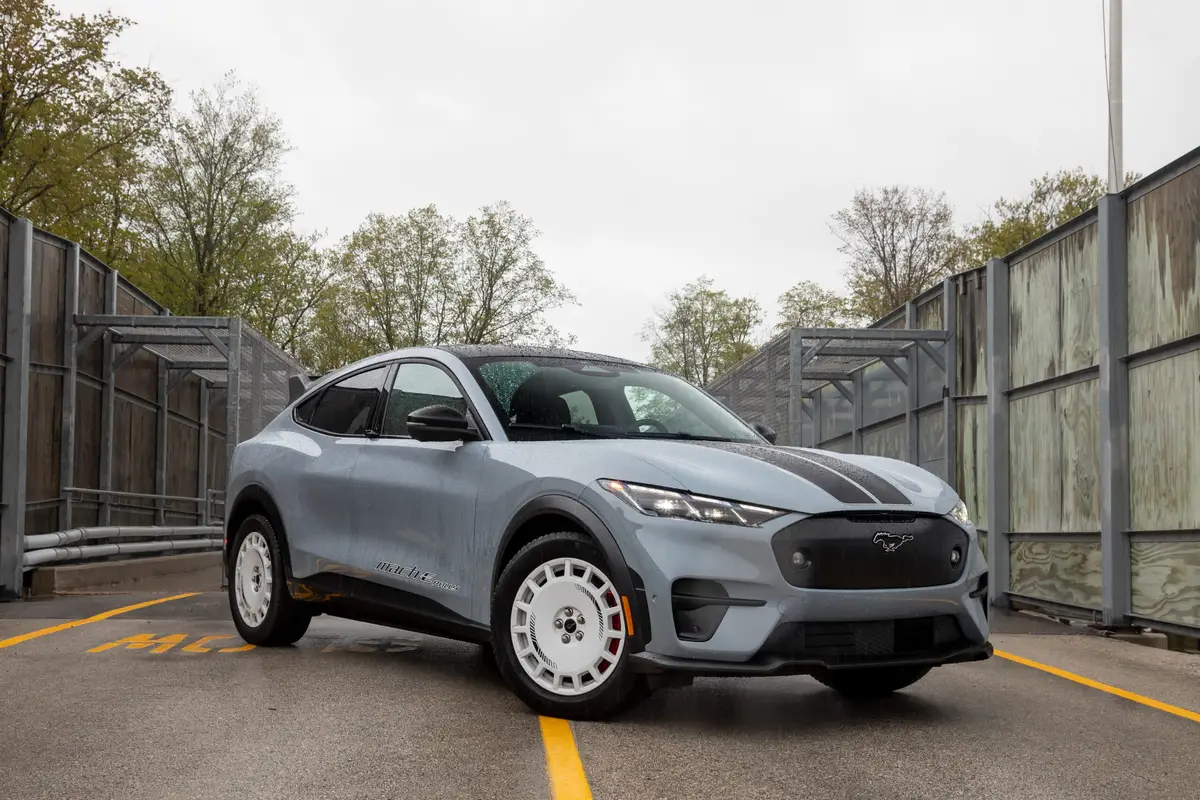
What Happens to the EV Market Now That the Federal Tax Credit Is Gone?
- Key takeaway: With the expiration of the federal tax credit, automakers are reevaluating their pricing, production and future models, and future incentives will depend on inventory levels.
Where the EV market goes from here is a bit of a gray area. With the federal incentives done, automakers are going to be left with some difficult choices on pricing, supply and future models, but what they do in the coming months will likely depend on just how many EVs are left on dealer lots and in the shipping pipeline. If dealerships sold a lot of their inventory last month, we’re not likely to see many automaker incentives on the hood of remaining vehicles. There may be some as end-of-year sales pushes start to happen, but nothing approaching what the federal tax credit could employ. However, discounts could be employed to clean out the rest of the stock in October and November, especially as the model year comes to a close.
But we’re also already starting to see automakers adjust production, slowing new EV assembly, canceling some models and reducing imports (partly for the disappearance of the credit, partly for the institution of tariffs). For instance, GM has partially idled its factory that makes its big electric trucks, affecting the GMC Hummer EV and Cadillac Escalade IQ, Mercedes-Benz has stopped taking orders for some of its EQ line of vehicles, and Acura has announced the discontinuation of its joint-venture electric SUV, the ZDX.
Read More EV Coverage from Cars.com:
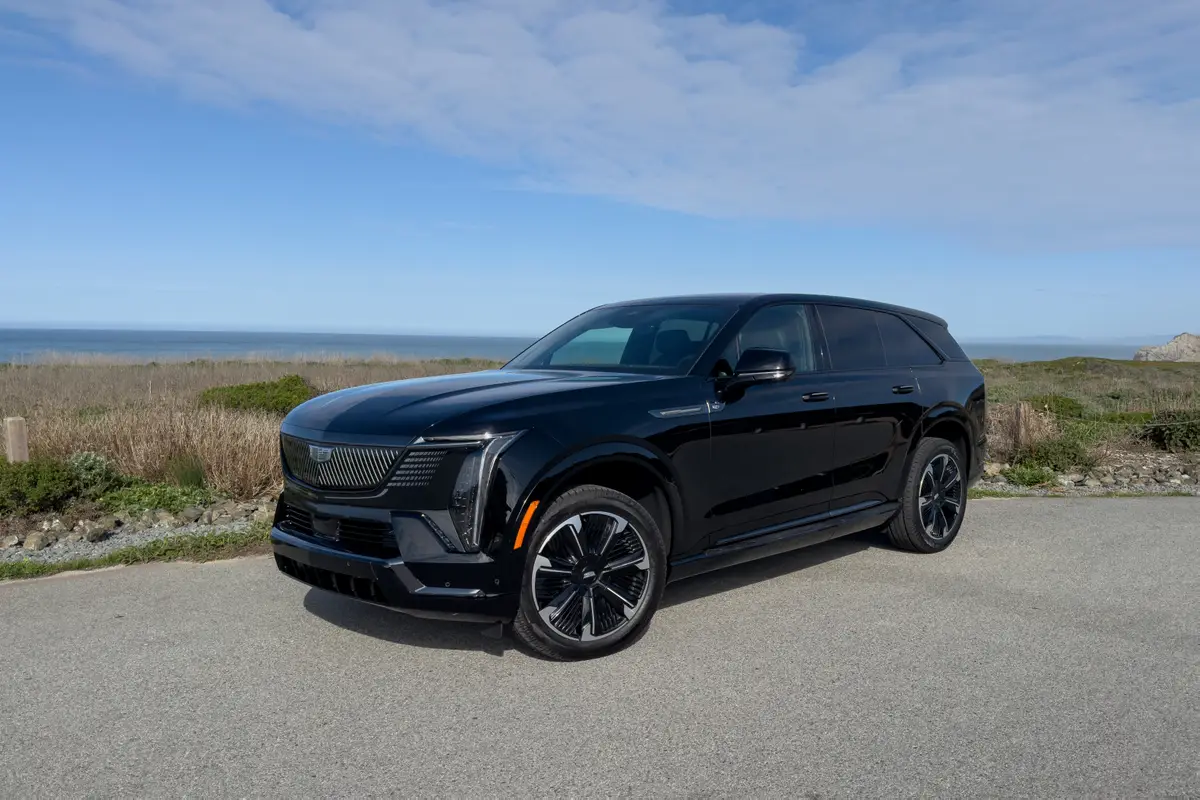
Are Affordable EVs Done?
- Key takeaway: Though it’s likely that new EVs will see increased pricing, automakers should be focusing on producing more affordable EVs. Meanwhile, prices for used EVs are declining.
Affordable SUVs are absolutely not disappearing. In fact, there’s a new push by automakers to continue to offer EVs that are more affordable than ever. For instance, the 2026 Nissan Leaf arrives in dealerships this fall with a starting price of $31,485 (including destination). The 2027 Chevrolet Bolt EV is just on the verge of being revealed with a price expected to at least match the Leaf, if not beat it. Meanwhile, Hyundai’s Kona EV and Chevy’s Equinox EV are reasonably priced, too. The pressure to make cheap EVs is not letting up anytime soon, especially as the Chinese market is driving the world’s automakers to find new ways of driving down cost.
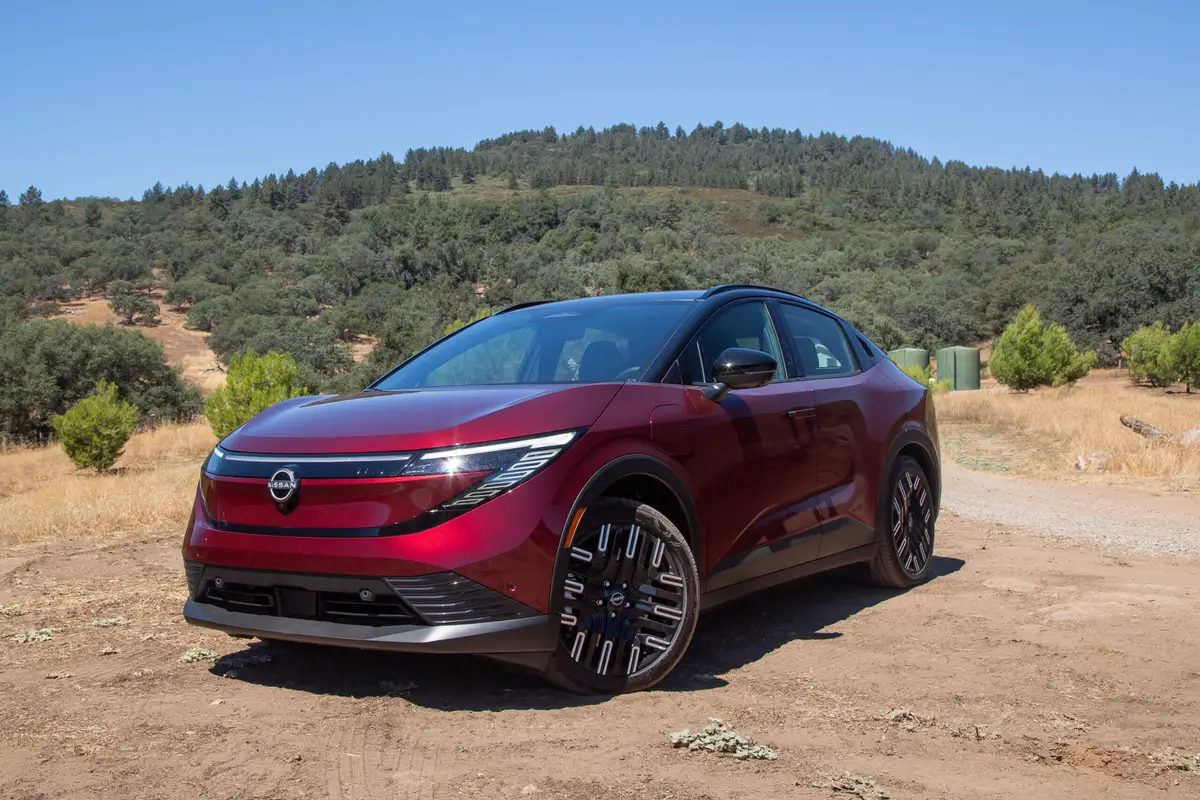
While new EVs are likely to see their transaction prices increase due to the loss of the credit, used-EV prices (which have been declining steadily thanks to high inventory and a plethora of affordable models under $25,000) are selling quickly, too, according to Cars.com data. As the depreciation on new EVs is pretty hefty, used offerings make for an interesting, cost-effective option for a lot of EV intenders and used-car buyers in general.
Here’s the interesting part: The federal tax credit helped the industry get a lot of EVs into consumer hands at prices that they otherwise would not have been able to afford. Over the last decade, the biggest factor in driving down overall EV cost has been battery cost, which has been reduced to nearly $100 per kilowatt-hour and is continuing to fall quickly, mostly thanks to Chinese efforts in new battery technology and economies of scale. But the electric car market isn’t going away anytime soon, especially in foreign markets, meaning there will still be EVs to buy here in the U.S.. What the end of the EV tax credit is doing, however, is forcing automakers to reevaluate their overall strategy for bringing the next generation of EVs to market.
Related Video:
Cars.com’s Editorial department is your source for automotive news and reviews. In line with Cars.com’s long-standing ethics policy, editors and reviewers don’t accept gifts or free trips from automakers. The Editorial department is independent of Cars.com’s advertising, sales and sponsored content departments.

Detroit Bureau Chief Aaron Bragman has had over 25 years of experience in the auto industry as a journalist, analyst, purchasing agent and program manager. Bragman grew up around his father’s classic Triumph sports cars (which were all sold and gone when he turned 16, much to his frustration) and comes from a Detroit family where cars put food on tables as much as smiles on faces. Today, he’s a member of the Automotive Press Association and the Midwest Automotive Media Association. His pronouns are he/him, but his adjectives are fat/sassy.
Featured stories
